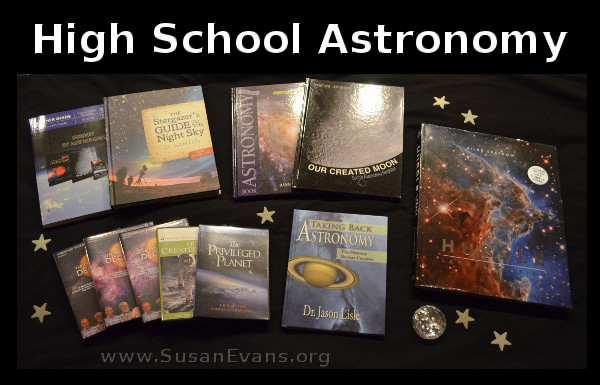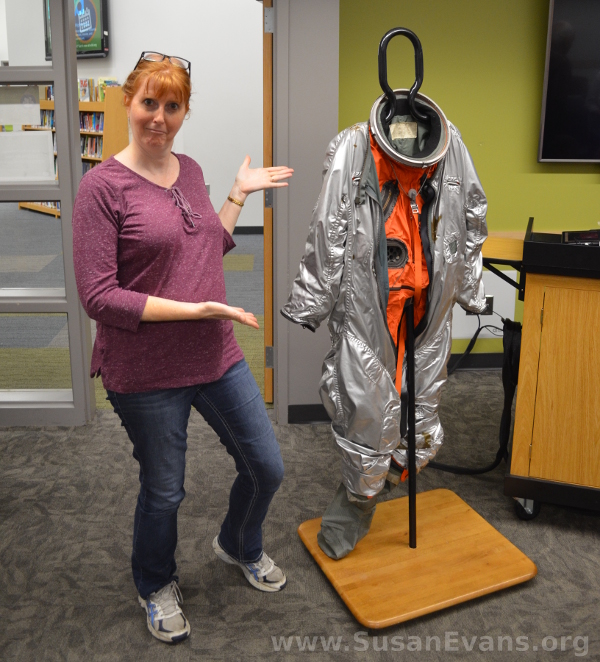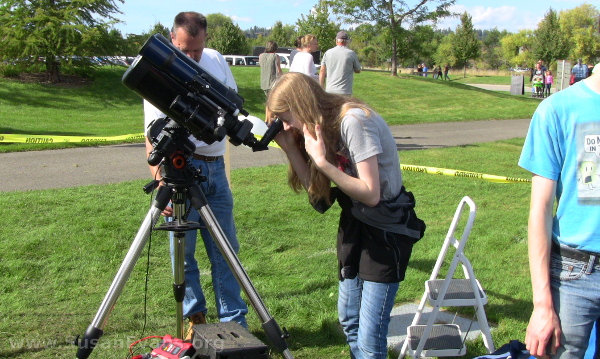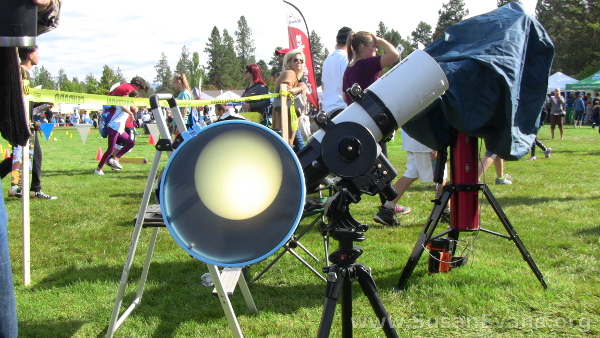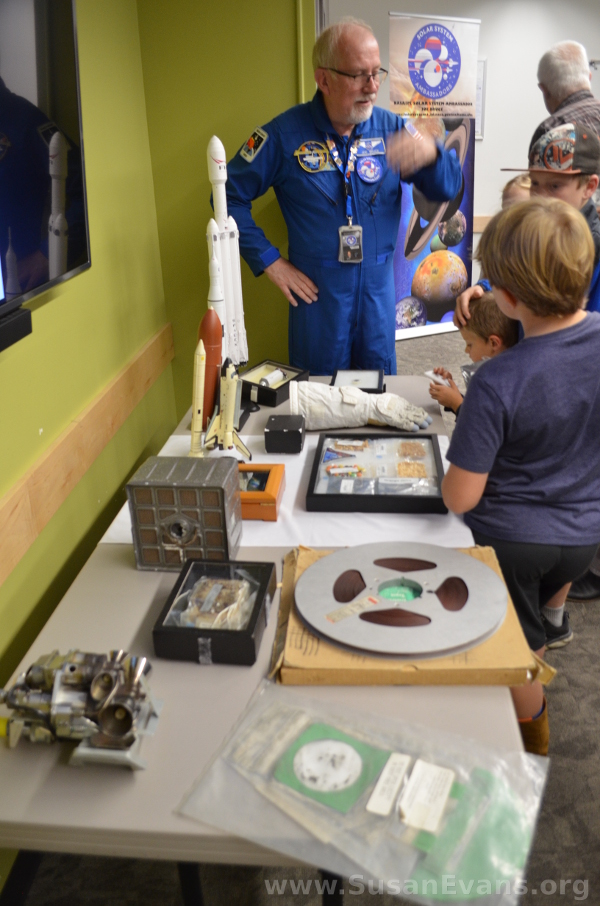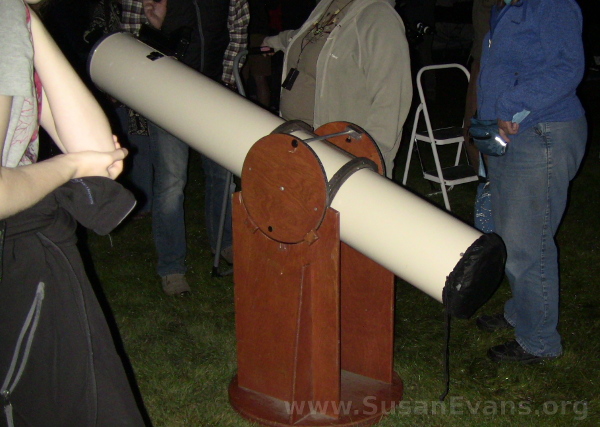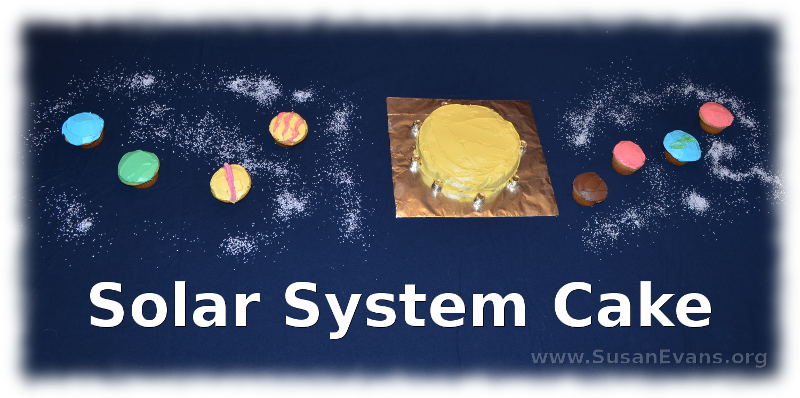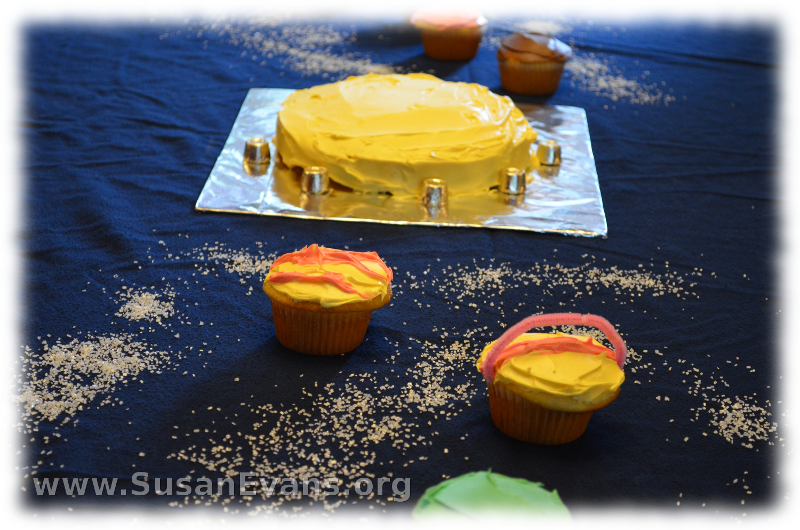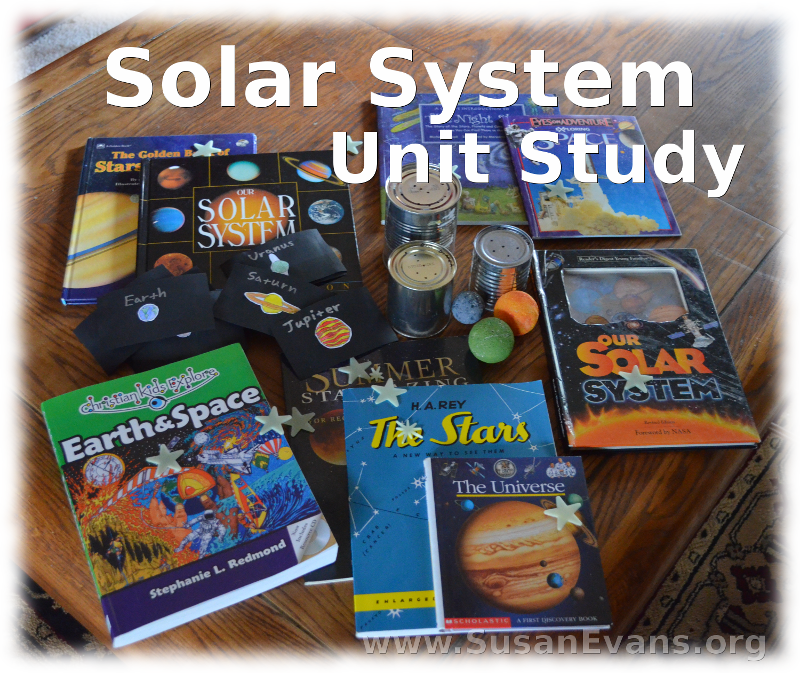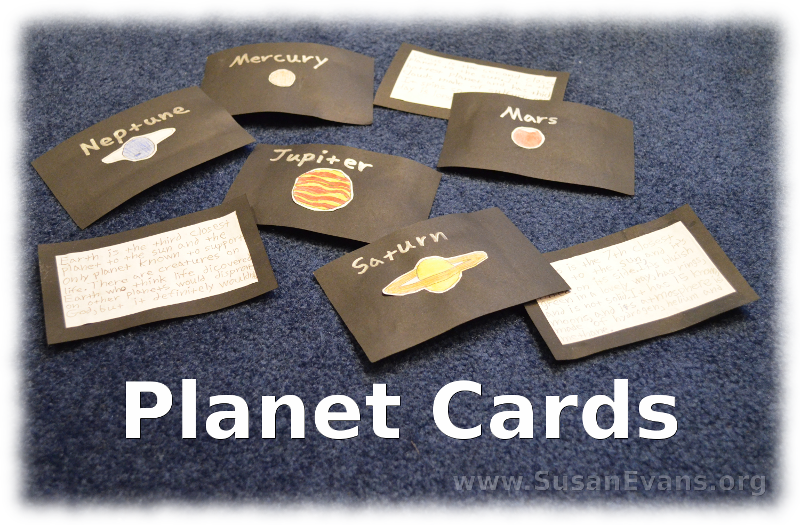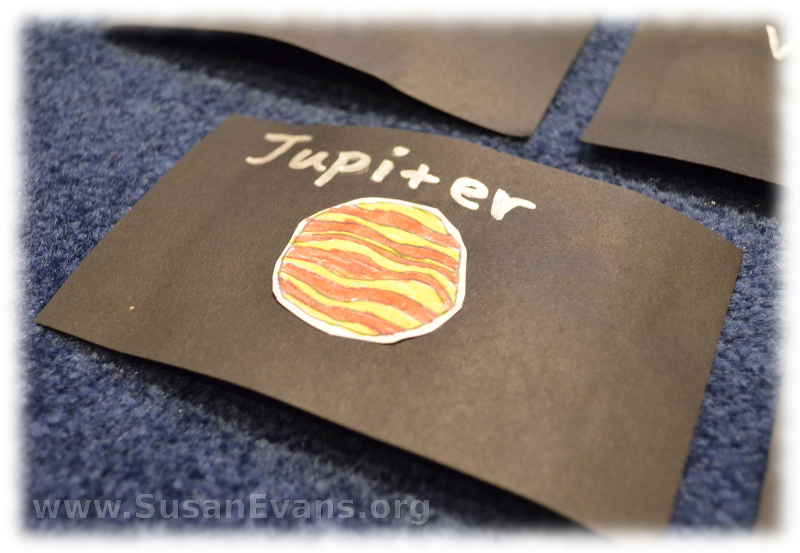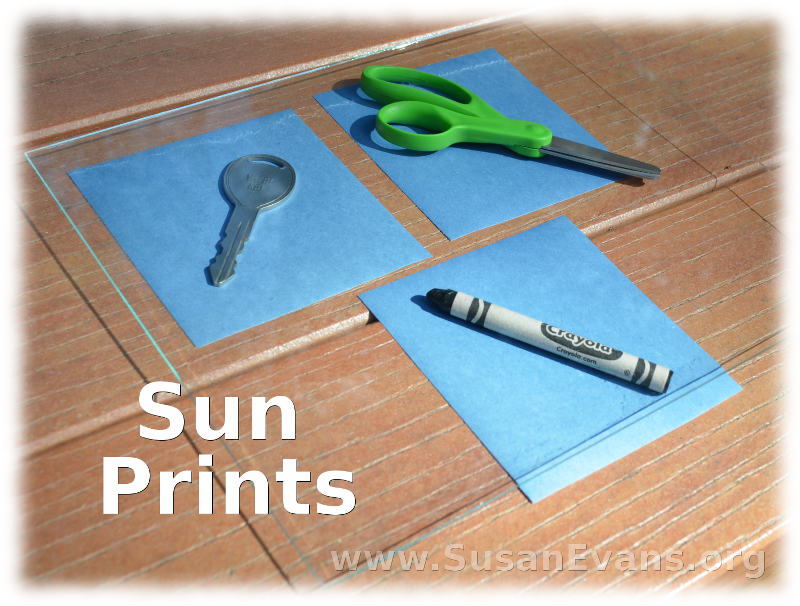I have been researching high school astronomy for homeschoolers for quite a few years, and it wasn’t until this year that I found a curriculum that looked beautiful, was beefy but not too mathematical, and that was understandable. I finally found it! I ordered the majority of these from Master Books, but my dad already had several of the books and DVD’s. The large Hubble coffee table book we got from Costco.
Here is a list of books that we got:
- The Stargazer’s Guide to the Night Sky (includes planisphere inside back cover)
- Survey of Astronomy: 9th -12th Grade Teacher Guide
- Our Created Moon
- Taking Back Astronomy
The four books listed above are all you need for a full year of high school astronomy. Besides the huge Hubble book, I’ve also added:
- The New Astronomy Book
- The Privileged Planet (DVD)
- Our Created Moon (DVD)
- The Heavens Declare (set of 3 DVD’s)
- Binoculars, and hopefully a used telescope at some point
Unboxing High School Astronomy
To see the books up closer, take a look at this unboxing video, where I show you the beautiful photos and describe what I am doing for astronomy this year:
High School Field Trips for Astronomy
Just during the month of September, we have already gone on 5 astronomy field trips! The first one was an astronomy workshop at a local library, where the speaker presented many different astronomy activities that would be taking place in my area. I asked him where the nearest observatory was located, where the best place to see the Milky Way was, and when the next star party was scheduled.
On a different day we went to a planetarium, where we leaned back and observed outer space from a domed ceiling. I’ve always love planetariums because it makes me feel like I’m an astronaut in outer space, just floating and looking at the nebulae and planets.
We looked through telescopes at the sun during the daytime, to try to find solar flares and sun spots. On the day that we were looking, there were no sun spots or solar flares, but it was still cool to look through the expensive equipment to see the sun without hurting our eyes. The Spokane Astronomical Society had a booth at a local festival, and they were getting the public interested in astronomy by having their telescopes set up.
At night we attended a star party, which was also hosted by the Spokane Astronomical Society. We were able to find basic constellations, the north star, and some planets. We actually got to see four of the moons of Jupiter, and a red stripe going across it! (I’ve never been able to see that in real life before, so it was definitely cool.) And we also saw the rings on Saturn!
Our family also attended another workshop at a different library, presented by a NASA representative. The workshop was entitled “Space Frontiers.” We saw a space suit, Shuttle EVA suit glove, small rocket steering thruster, Martian meteorite, and other artifacts. Joe Bruce was the speaker, and he had witnessed four space shuttle launches and the launch of Space X Falcon Heavy from the Kennedy Space Center. He described what it was like, from the perspective of someone who was there!
We have learned so much high school astronomy so far and have experienced it! I’m always astounded at how much fun I have homeschooling my kids, and this year is no exception. Hands-on is the best way to learn about a subject, and we plan to go star gazing many more times this year.
